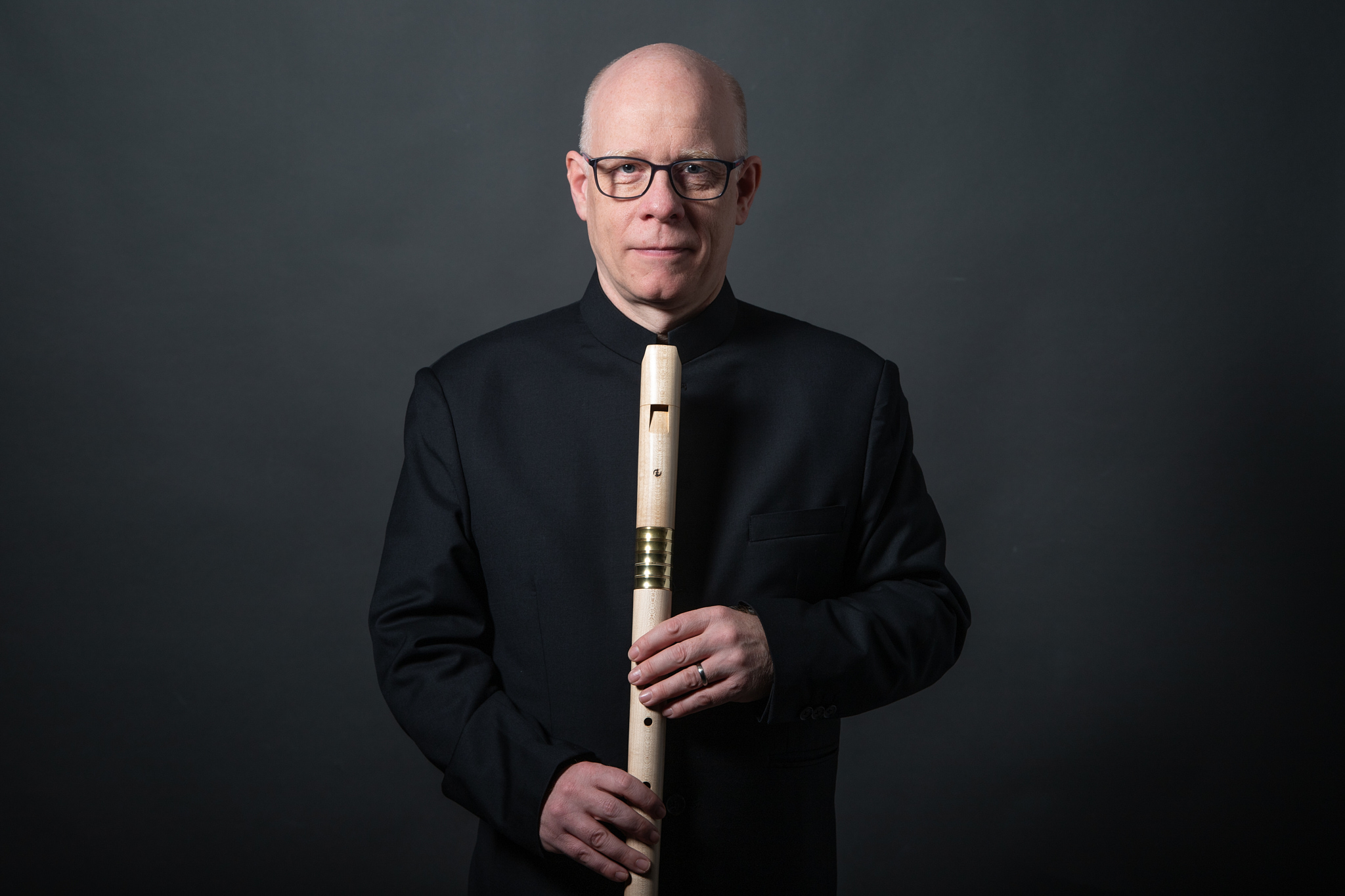Flute without bass - In this concert program I explore the sound world of the Italian Trecento, the early Baroque and the German and French High Baroque.
"Flauto senza Basso" sets itself apart from the repertoire of the early and high baroque sonata, in which the presence of a bass in the form of the basso continuo accompaniment is the musical "normal case". "In "Flauto senza Basso", this dialog partner is missing, thus creating space for an exciting dialog with itself, which has led composers to very different forms of expression in their music.
In the music of J.S. Bach, the addition "senza basso" can also be found in his great sonatas, partitas and suites for solo violin and cello. Bach's only work for solo flute is the Partita BWV 1013, which is my musical starting point for the concert program. The presence of many "unflutistic solutions" in this work have suggested to me the further arrangement of music for solo string instruments by Rebel, Marais and Biber.
The largest repertoire for "Flauto senza Basso" comes from Jacob van Eyck's Fluyten Lusthof from 1654 and is another common thread in the concert program. Van Eyck was a blind glockenspiel master and recorder player from Utrecht in the Netherlands and in his work he collected the most famous European melodies of his time, arranged them for recorder solo and added his art of variation. Fascinating in van Eyck's art of variation is the very self-confident instrumental style which captivates with exuberant passagework.
Audio samples
The program:
Italien, 14. Jh.
Italien, 14. Jh.
Jacob van Eyck, um 1590-1657
Marin Marais, 1656-1747
Jean-Féry Rebel, 1666-1750
Johann Sebastian Bach, 1685-1750
Heinrich Ignaz Franz Biber, 1644-1704
Ballata „Per tropo fede“
Estampie „Belicha“
Der Fluyten-Lusthof: Fantasie & Echo, Blydschap van mijn vliedt, Den Nachtegael
Les Folies d’Espagne
Passacaille
Partita c-moll, BWV 1013
Passacaglia
The program is here available on CD.
